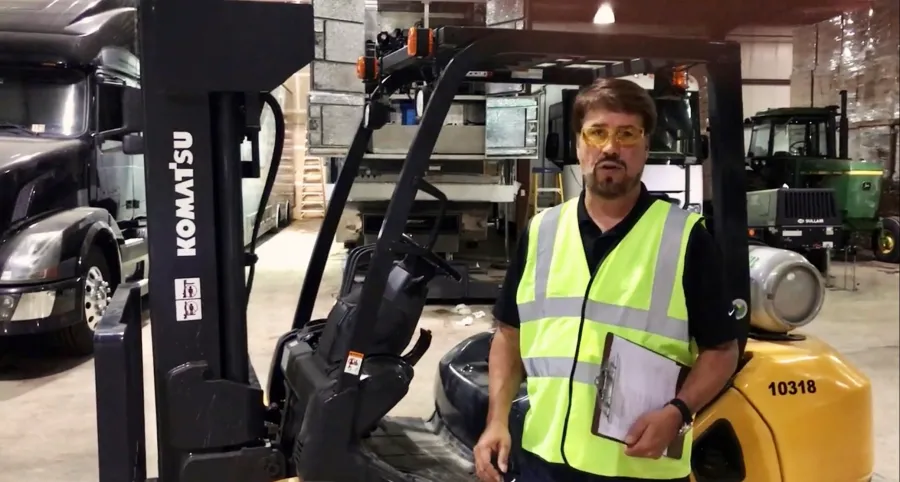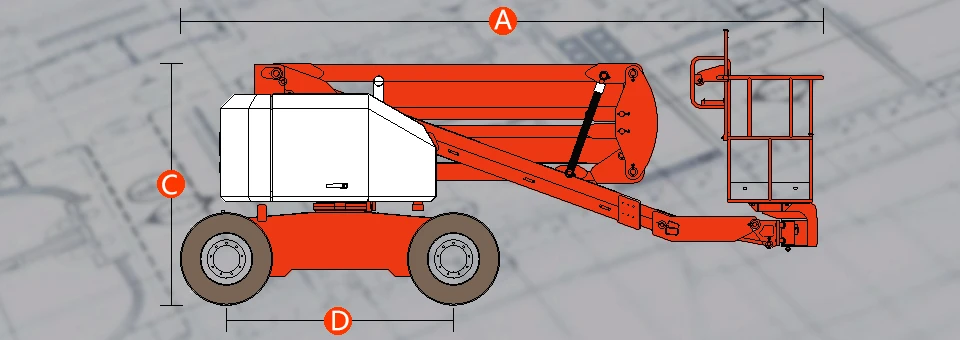
Since 1979, Alexander Equipment has been supplying aerial lifts, telehandlers, construction equipment and industrial forklifts to businesses and the public. We
Since 1979, Alexander Equipment has been supplying aerial lifts, telehandlers, construction equipment and industrial forklifts to businesses and the public. We always have hundreds of pieces of equipment to choose from. Our low prices and quality machinery, have made us leader in selling and renting equipment for the commercial, industrial, construction, agricultural and material handling industries.
Elevated work platforms, material handling machinery, and construction equipment
We carry a wide selection of quality new and used boom lifts, scissor lifts, vertical mast lifts, telehandlers, industrial forklifts and other equipment from all major manufacturers including Genie, JLG, Skyjack, Snorkel, Komatsu and more.
Compare features and pricing options with our expert staff all under one roof and let us help you select the best aerial work platform for your needs.
Featured Equipment
Freight & Delivery
Rental Equipment Delivery
We provide fast delivery of rental equipment to locations within driving distance of Bourbonnais, IL, including Kankakee, Will, Iroquois, Grundy, Ford, and Livingston Counties in Illinois, as well as nearby areas in Indiana. You’re welcome to pick up your equipment at our facility, where we offer loading assistance at our dock.
deliveryEquipment Shipping Services
We ship our equipment across the country and internationally. Our customers receive freight costs at pass through rates with no markup added. You can be assured that you will not only receive expert attention at our facility for loading your equipment, your machine will arrive in the shortest time possible.
shippingAuthorized Dealer
Alexander Equipment is an authorized dealer for the most popular aerial lift brands in North America: Genie, JLG, Skyjack and Snorkel

Service and Parts
We service and supply parts for all major brands of aerial lifts, industrial forklifts, and telehandlers.

Operator Safety Training
OSHA compliant aerial lift, forklift and telehandler operator training classes and certification.

Aerial Lift Specs
The most complete aerial lift specifications library on the web with all major brands.